I like a book where you don’t think you’re going to be interested in the subject, but then find it’s so vigorously and engagingly written that you’re enchanted. This is one of those. I’m not a skier —I’m quickly bored when coffee-drinking mothers start recounting their children’s latest achievements on the piste — so I expected to have had enough by page five, as I set off across the blinding whiteness of this ‘biography’ of snow, written by a man who’s wearing ski-goggles in the jacket photo.
But in Giles Whittell’s genial company, reading it was a great pleasure. An eloquent, witty writer, he bombards us with myth-busting facts, startling statistics and pleasingly incomprehensible geographical vocabulary, so it’s like enjoying a mélange of top daytime Radio 4 programmes: More or Less, Crossing Continents, Costing the Earth, Word of Mouth and Ramblings.
A true, deep enthusiast for snow, having fallen in love with the stuff as a boy reading Laura Ingalls Wilder describing pouring streams of molasses into it to make candy, Whittell is determined to convert us to his enthusiasm. Along with digressions into minor matters such as the fierce academic debate about whether the Inuit really do have hundreds of different words for snow (they probably have 53, is the current thinking, and Whittell singles out his favourite, utvak, which means ‘igloo snow’), he addresses the two central but opposing current phenomena: too much snow falling in some places, and not enough in others.
Don’t worry, though: the book is not a climate-change rant. It just so happens that ‘a once-great snow power, Europe is now managing a long-term decline’. Whittell dared to ask Raymond Pierrehumbert, Halley professor of physics at Oxford, when he thought the last great blizzard would happen, and he replied, alarmingly, ‘2040’.
Across the globe, meanwhile, a million billion snowflakes are still falling every second of the year. (Not in the Antarctic, Whittell reminds us. Antarctica is only snowy because so little melts. A year in Vostok, the Antarctic research station, ‘would see just enough new snow to cover a tennis ball’.)
Sixty-four feet of snow fell in Mount Rose, Nevada, in January 2017. Whittell leavens his scientific explanation for how such blizzards happen with helpful lowbrow imagery for the lay person. He describes the place in the Pacific 100 miles wide, ‘where two giant low-pressure zones rotating in opposite directions draw moisture into a long conveyor like dough into a pasta machine’, and says snow is getting heavier in the US since the melting of the Arctic ice because ‘the winds, released from polar vortex duty, like tourists heading south for the winter, are circling slowly around and generally getting in the way’.
Alerting us to terrifying phenomena such as ‘depth hoar’ and ‘melt crust’, he describes the causes and effects of avalanches, ‘one of the worst design faults in the natural world’, and shares with us the Schadenfreude of other people being caught up in them. ‘The terror is unimaginable, but the physics is fascinating.’ It certainly is. An avalanche can travel faster than a body in freefall; the three processes of granularisation, fluidation and refreezing (bring on the challenging vocabulary!) create ‘a perfect, instant custom fit for anything trapped in an avalanche. A victim who has the presence of mind to bring her hands to her face before coming to a stop may not be able to wiggle her fingers having done so.’
Whittell is chief leader writer of the Times, and with the confidence that goes with that job, he whisks us back and forth from the vast to the minuscule, addressing the miracle of the formation of a snowflake with the scientific precision that almost counts as poetry. ‘What makes snowflakes beautiful is branching. In a crystal’s journey through the atmosphere all the parts of its surface are in competition with each other for free-floating water molecules.’ ‘No two snowflakes since the dawn of snow can possibly have formed from identical ice crystals and taken exactly the same path to earth.’
The saddest words in the book — ‘it gradually sort of peters out’ — are spoken by that Halley professor. ‘In the simulations I’ve analysed, you can get some quite big blizzards up until the year 2040, but between 2040 and 2080 it starts to get too warm to have much snow at all and it gradually sort of peters out.’ Whittell is so struck by those bleak words that he repeats them, without quotes, in a six-word paragraph of his own.
Switzerland is wrapping up its glaciers, snow machines are fabricating snow in Europe where ‘plus-temperatures snow’ is turning into ‘a creamy bisque’. The sweetest photograph in the book is one of Whittell’s youngest son sitting on a wall in a shockingly snowless Chamonix, looking utterly dejected. Whittell treasures this photo on his phone because he knows what happened next. They decided to drive through the Mont Blanc tunnel and try Italy instead. It was the best decision they ever made. They emerged into ‘a world like a shaken-up snow-globe’. ‘For the first three days, the snow was too thick for anything but laughing and throwing. It was miraculous.’
In this book, Whittell taps into that excited child inside us all. We (or at least our grandchildren) will indeed miss snow when it’s gone.
Got something to add? Join the discussion and comment below.
Get 10 issues for just $10
Subscribe to The Spectator Australia today for the next 10 magazine issues, plus full online access, for just $10.
You might disagree with half of it, but you’ll enjoy reading all of it. Try your first month for free, then just $2 a week for the remainder of your first year.

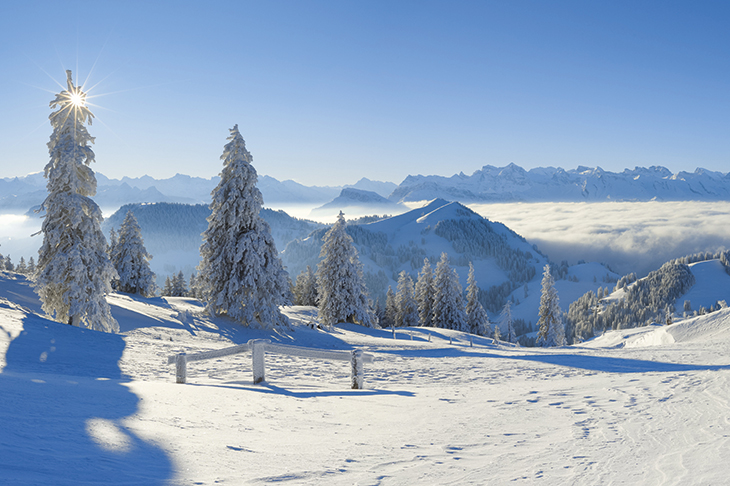
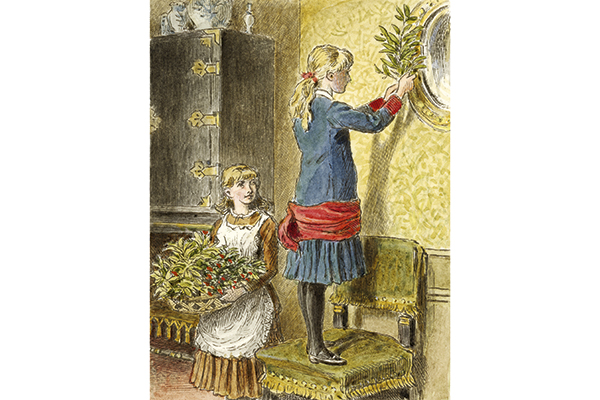
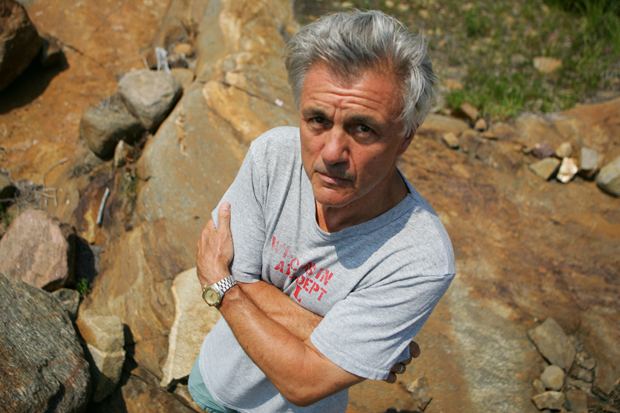
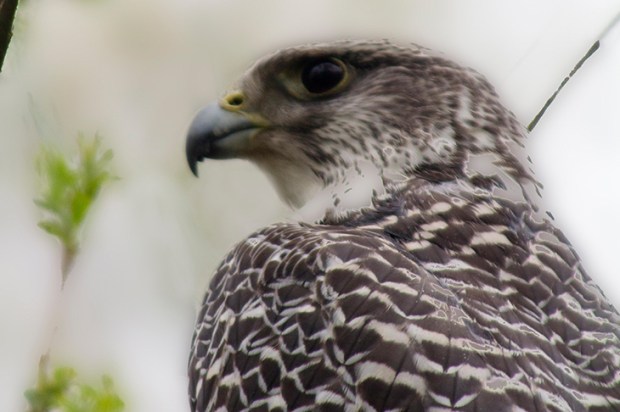
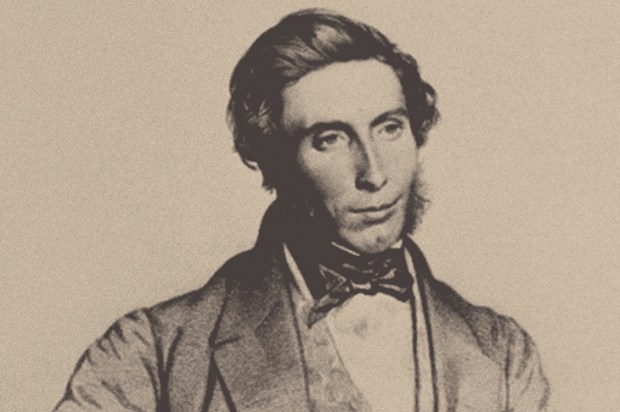
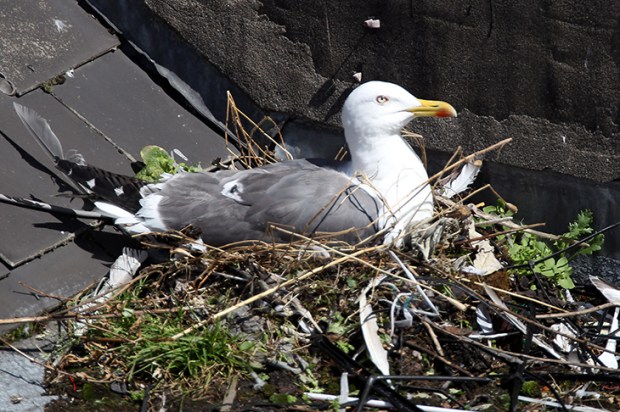
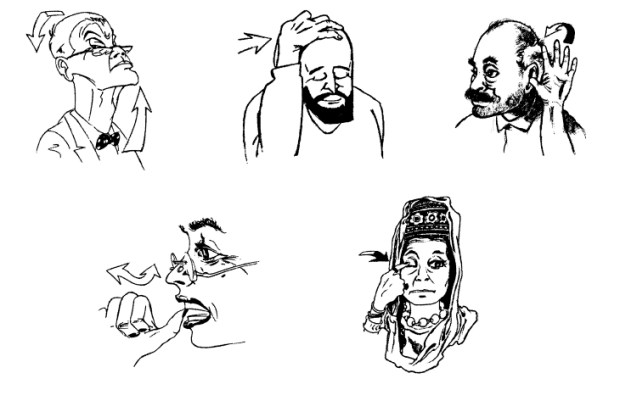






Comments
Don't miss out
Join the conversation with other Spectator Australia readers. Subscribe to leave a comment.
SUBSCRIBEAlready a subscriber? Log in